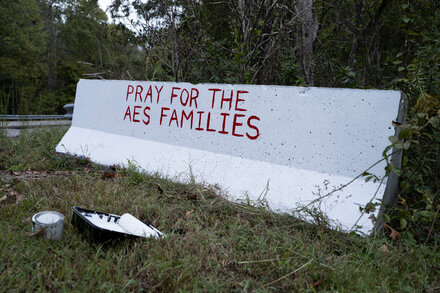As the potential for a federal government shutdown looms, economists and policymakers are closely scrutinizing the significant economic ramifications that such an event could trigger. A shutdown, stemming from a failure by Congress to pass appropriations bills, would halt non-essential government operations, furlough hundreds of thousands of federal employees, and disrupt a wide array of services crucial to the national economy.
The immediate impact of a shutdown would be felt acutely by federal workers. An estimated 800,000 to 1 million federal employees could face furloughs or be required to work without pay, leading to a substantial loss of personal income and, consequently, reduced consumer spending. This direct financial hit to a significant portion of the workforce can ripple through local economies, particularly in areas with a high concentration of federal employees.
“Each day of a shutdown carries a tangible cost, not just in lost productivity but also in diminished trust and delayed economic activity,” stated Dr. Eleanor Vance, a senior economist at the Center for Economic Policy Research. “The uncertainty alone can lead businesses to pause investments and consumers to curtail spending, creating a drag on the broader economy.”
Broader Economic Disruption
Beyond federal payrolls, a shutdown can impede various government functions vital to economic activity. Processes such as visa and passport applications, small business loan approvals, environmental inspections, and the processing of federal permits could be delayed or suspended. Agencies responsible for collecting and disseminating crucial economic data might also cease operations, leaving businesses and investors with an incomplete picture of the economic landscape.
Past government shutdowns have offered a glimpse into their financial toll. For instance, the 35-day shutdown from late 2018 to early 2019 was estimated by the Congressional Budget Office (CBO) to have reduced real GDP growth by approximately $11 billion. While a significant portion of that was later recovered, the CBO noted that “some of the lost output will never be recovered.” The direct costs involve not only lost wages but also the expenses associated with ramping down and then restarting government operations.
Consumer and business confidence can also take a significant hit. The perception of governmental instability can make markets nervous, potentially leading to increased volatility. Businesses that rely on government contracts, grants, or regulatory functions face heightened uncertainty, which can delay projects and hiring decisions.
Impact on Key Sectors
Specific sectors are particularly vulnerable. The tourism industry, for example, could see a decline as national parks and museums close their doors. Research and development projects dependent on federal funding might grind to a halt, impacting scientific progress and innovation. Small businesses, which often depend on federal agencies for various forms of support, could face severe cash flow issues if government services are disrupted.
A spokesperson for the U.S. Chamber of Commerce commented, “Small businesses, especially those reliant on federal contracts or loans, face significant uncertainty and potential cash flow issues during prolonged disruptions. Predictability from Washington is paramount for economic stability.”
While the full extent of a shutdown’s economic impact depends on its duration and scope, historical data and expert analyses consistently point to negative consequences. The intertwined nature of government operations with the private sector means that a disruption in one invariably affects the other, underscoring the high economic stakes involved in the ongoing budgetary discussions.
Source: Read the original article here.





